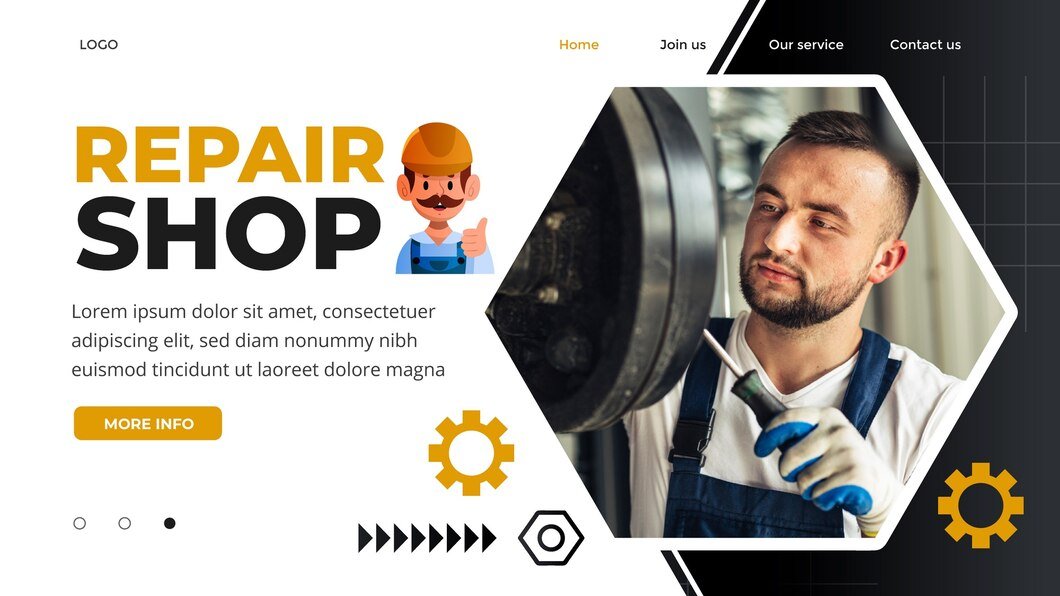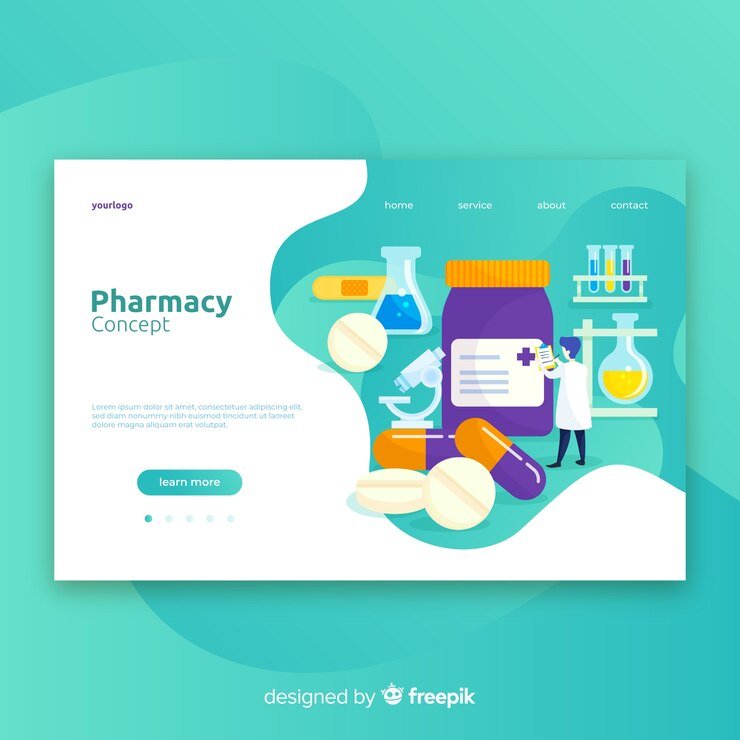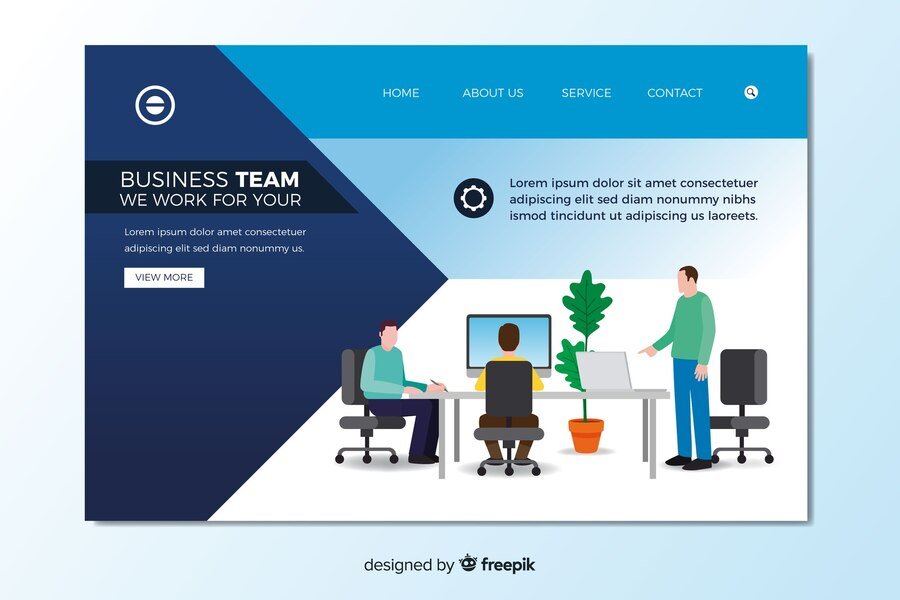Establishing trust is paramount for e-commerce businesses to succeed in a competitive marketplace. Trust not only influences purchasing decisions but also fosters customer loyalty and positive brand perception. This guide explores effective strategies and practices to build and maintain trust with your e-commerce customers.
1. Transparent and Clear Policies
Transparency is key to building trust. Clearly communicate your business policies, including shipping, returns, refunds, and privacy policies. Make this information easily accessible on your website, preferably in a dedicated section or during the checkout process. Ensure policies are fair, straightforward, and aligned with customer expectations.
- Example Action: Create a detailed FAQ page addressing common customer inquiries about policies. Provide real-time assistance through live chat or customer service channels to clarify any concerns.
2. Secure and Reliable Payment Options
Customers need assurance that their payment information is safe when shopping online. Implement secure payment gateways that comply with industry standards for data encryption and protection (e.g., PCI DSS). Display trust seals and security badges prominently on your website to signal credibility and reassure customers.
- Example Action: Offer a variety of trusted payment options, such as credit/debit cards, PayPal, Apple Pay, or other secure digital wallets. Ensure seamless checkout experiences with minimal friction.
3. Customer Reviews and Testimonials
Positive reviews and testimonials from satisfied customers build social proof and credibility. Encourage customers to leave reviews after making a purchase and showcase these testimonials prominently on your product pages and homepage. Respond to reviews, both positive and negative, to demonstrate your commitment to customer satisfaction and willingness to address concerns.
- Example Action: Implement a review collection system that sends automated follow-up emails requesting feedback. Highlight customer testimonials with photos or videos for authenticity.
4. Responsive Customer Support
Accessible and responsive customer support is crucial for building trust. Provide multiple channels for customers to reach out, such as live chat, email, phone, and social media platforms. Respond promptly to inquiries, resolve issues efficiently, and demonstrate empathy and professionalism in all interactions.
- Example Action: Offer 24/7 customer support or clearly display your business hours and response times. Use chatbots to provide instant responses and escalate complex issues to human agents.
5. User-Friendly Website Design
A well-designed and intuitive website enhances trust and improves the overall user experience. Ensure your website is visually appealing, easy to navigate, and mobile-responsive. Optimize loading speeds to minimize wait times and reduce bounce rates. Use clear CTAs and intuitive navigation menus to guide customers seamlessly through their shopping journey.
- Example Action: Conduct usability testing to identify and address any usability issues or navigation challenges. Continuously optimize your website based on user feedback and behavior analytics.
6. Commitment to Data Privacy
With increasing concerns about data privacy, prioritize safeguarding customer data. Clearly outline your data privacy policies, detailing how customer information is collected, used, and protected. Comply with relevant data protection regulations (e.g., GDPR, CCPA) and obtain explicit consent for data processing activities.
- Example Action: Display a privacy policy link in your website footer and during checkout. Implement SSL encryption to secure data transmissions and regularly audit your data handling practices.
7. Consistent Brand Messaging and Authenticity
Build trust by maintaining consistency in your brand messaging and values across all communication channels. Be authentic in your interactions with customers and align your brand voice with your target audience’s preferences and expectations. Avoid misleading or exaggerated claims that could undermine credibility.
- Example Action: Develop a brand style guide to ensure consistency in tone, language, and visual elements. Use storytelling to humanize your brand and connect emotionally with customers.
8. Post-Purchase Engagement and Follow-Up
Show customers you care about their experience beyond the initial purchase. Implement post-purchase engagement strategies such as order confirmations, shipping notifications, and follow-up emails requesting feedback. Provide proactive updates on order status and delivery timelines to keep customers informed and reassured.
- Example Action: Send personalized thank-you notes or exclusive offers as a token of appreciation for their purchase. Use customer feedback to improve products and services continuously.
9. Community Building and Engagement
Create opportunities for customer engagement and community building. Develop loyalty programs, host online forums or social media groups, and encourage customers to share their experiences and connect with each other. Building a sense of community fosters trust and strengthens relationships with your brand.
- Example Action: Organize virtual events, webinars, or live Q&A sessions featuring industry experts or brand ambassadors. Foster conversations around topics relevant to your products or services.
Conclusion
Building trust with e-commerce customers requires a holistic approach that encompasses transparency, reliability, responsiveness, and customer-centricity. By implementing these strategies and consistently prioritizing customer trust and satisfaction, you can differentiate your brand, foster long-term relationships, and drive sustainable growth in a competitive e-commerce landscape. Continuously listen to customer feedback, adapt to evolving expectations, and uphold high standards of integrity to maintain trust and credibility over time.








